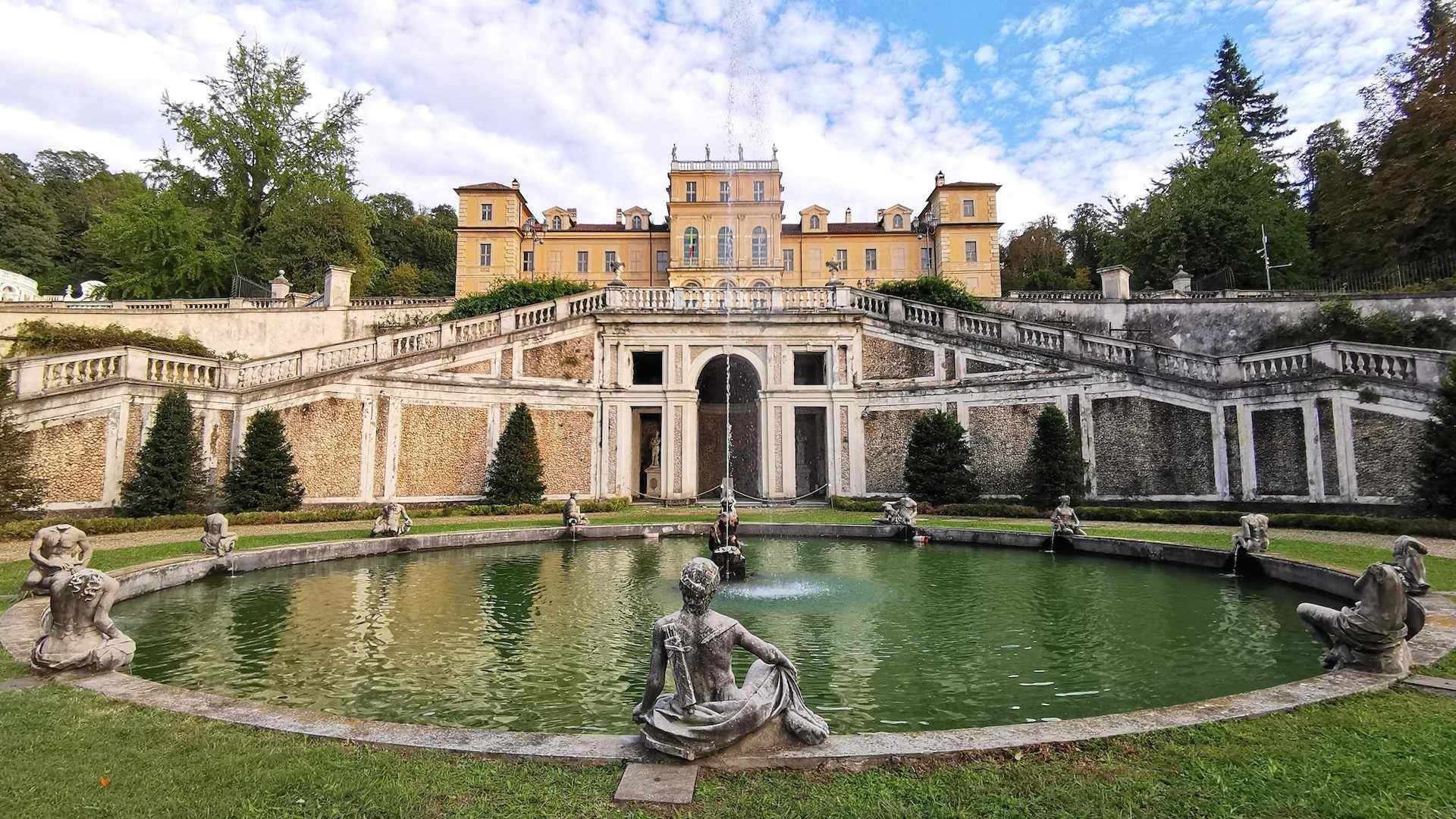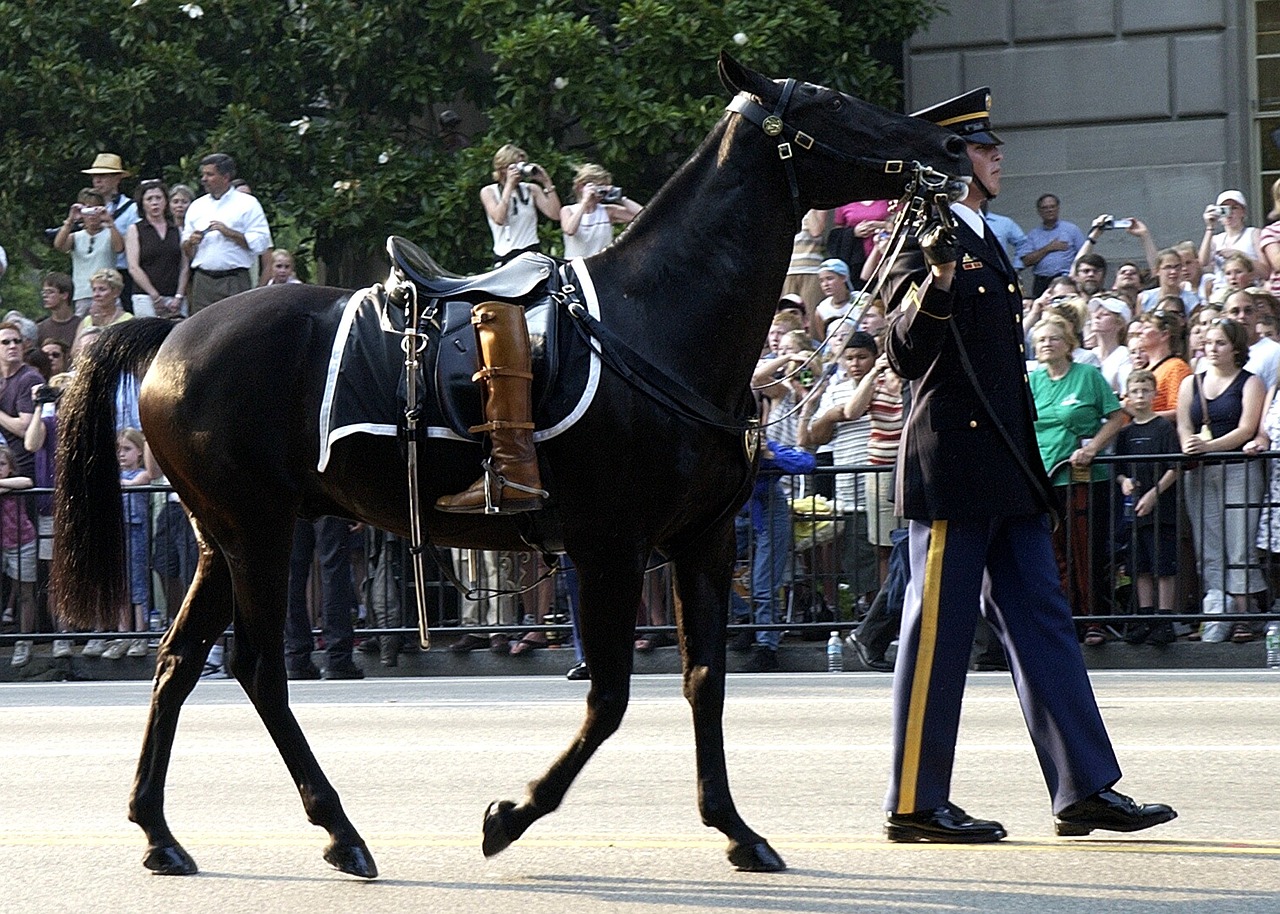Is Venice dangerous? When it comes to Venice safety, the answer is that, like any city, it has its own set of risks and hazards. However, with proper planning and awareness, tourists can have a safe and enjoyable visit to the floating city.
Common causes of injury
One of the most common causes of injury in Venice is due to the city’s unique layout of narrow alleys and bridges. Tourists should exercise caution when walking, especially at night, to avoid slips and falls. Additionally, the many canals and waterways in Venice can pose a danger, so tourists should be aware of their surroundings and follow posted safety guidelines.
Natural dangers
Venice is not known for having any significant natural dangers, however, the city is susceptible to flooding, particularly during the high tide season which is from September to February. Visitors should be aware of tide forecasts and plan accordingly to avoid flooded areas.
Weather-related hazards
The best time to visit Venice is during the shoulder seasons of spring and fall, when the weather is mild and the crowds are smaller. In the summer, the city can be uncomfortably hot and crowded, making it difficult to move around and enjoy the sights. In the winter, the weather can be cold and damp, and some areas may be closed due to flooding.
Crime
Venice has a relatively low crime rate compared to other major cities. However, like any tourist destination, there is always a risk of pickpocketing and theft. Visitors should be aware of their surroundings and keep valuables secure. Tourist hotspots such as Rialto Bridge and St. Mark’s Basilica are known for pickpocketing, so visitors should be extra vigilant in these areas.
The most common crime in Venice is petty theft, such as pickpocketing. It is important to be aware of your belongings and to keep them secure. It is also a good idea to avoid carrying large amounts of cash and to keep your valuables, such as your passport, in a safe place.
When it comes to the safest areas in Venice, it’s generally considered that the areas that are farther away from the tourist hotspots are safer. These include the neighborhoods of Cannaregio, Santa Croce and Dorsoduro. Visitors should be aware that these areas are less crowded and quieter than the more tourist-heavy areas, so they may not be as convenient for sightseeing.
All in all, Venice is a safe and welcoming city for tourists, but it’s important to be aware of the risks and hazards that come with visiting any city. By taking simple precautions and planning ahead, visitors can have a safe and enjoyable trip to the floating city.



